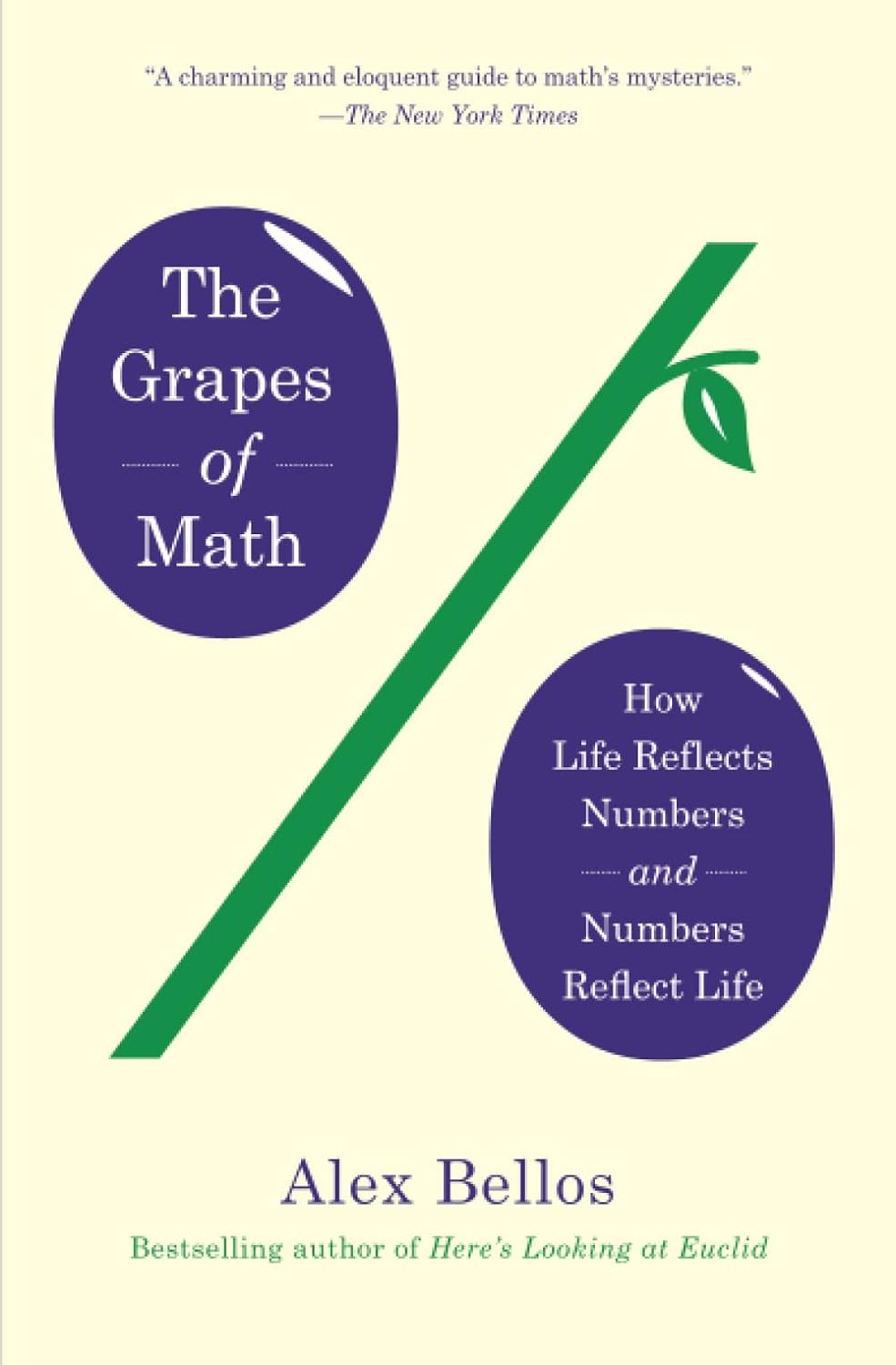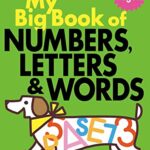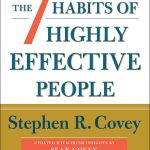Description
“A first-rate survey of the world of mathematics…Great reading for the intellectually curious,” (Kirkus Reviews) from the bestselling author of Here’s Looking at Euclid—a dazzling new book that turns even the most complex math into a brilliantly entertaining read.
From triangles, rotations, and power laws, to cones, curves, and the dreaded calculus, Alex Bellos takes you on a journey of mathematical discovery with his signature wit and limitless enthusiasm. He sifts through more than 30,000 survey submissions to uncover the world’s favorite number and meets a mathematician who looks for universes in his garage. He attends the World Mathematical Congress in India and visits the engineer who designed the first roller-coaster loop.
“Channeling the spirit of Martin Gardner…Bellos introduces fascinating characters, from the retired cab driver in Tucson whose hobby is factoring prime numbers, to swashbuckling astronomer Tycho Brahe, who lost his nose in a duel over a math formula. Through intriguing characters, lively prose, and thoroughly accessible mathematics, Bellos deftly shows readers why math is so important, and why it can be so much fun” (Publishers Weekly, starred review). Get hooked on math as Bellos delves deep into humankind’s turbulent relationship with numbers, revealing how they have shaped the world we live in.
About the Author:
Alex Bellos has a degree in Mathematics and Philosophy from Oxford University. Curator-in-residence at the Science Museum and the Guardian’s math blogger, he has worked in London and Rio de Janeiro, where he was the paper’s unusually numerate foreign correspondent. In 2002 he wrote Futebol, a critically acclaimed book about Brazilian football, and in 2006 he ghostwrote Pelé’s autobiography, which was a number one bestseller. Here’s Looking at Euclid was shortlisted for the BBC Samuel Johnson Prize and was a Sunday Times bestseller for more than four months.
Excerpt. © Reprinted by permission. All rights reserved.:
The Grapes of Math CHAPTER ONE Every Number Tells a Story
Jerry Newport asked me to pick a four-digit number.
“2761,” I said.
“That’s 11 × 251,” he replied, reciting the numbers in one continuous, unhesitant flow.
“2762. That’s 2 × 1381.
“2763. That’s 3 × 3 × 307.
“2764. That’s 2 × 2 × 691.”
Jerry is a retired taxi driver from Tucson, Arizona, with Asperger’s syndrome. He has a ruddy complexion and small blue eyes, his large forehead sliced by a diagonal comb of dark blond hair. He likes birds as well as numbers, and when we met he was wearing a flowery red shirt with a parrot on it. We were sitting in his living room, together with a cockatoo, a dove, three parakeets and two cockatiels, which were also listening to, and occasionally repeating, our conversation.
As soon as Jerry sees a big number, he divides it up into prime numbers, which are those numbers—2, 3, 5, 7, 11 . . .—that can be divided only by themselves and 1. This habit made his former job driving cabs particularly enjoyable, since there was always a number on the license plate in front of him. When he lived in Santa Monica, where license numbers were four and five digits long, he would often visit the four-story car park of his local mall and not leave until he had worked through every plate.
In Tucson, however, car numbers are only three digits long. He barely glances at them now.
“If the number is more than four digits I’ll start to pay attention to it. If it’s four digits or less, it’s roadkill. It is!” he remonstrated. “Come on! Show me something new!”
Asperger’s is a psychological disorder in which social awkwardness can coexist with extreme abilities, such as, in Jerry’s case, an extraordinary talent for mental arithmetic. In 2010 he competed at the Mental Calculation World Cup in Germany having done no preparation. He won the overall title of Most Versatile Calculator, the only contestant to score full marks in the category where 19 five-digit numbers have to be decomposed into their constituent primes in ten minutes. No one else got even close.
Jerry’s system for breaking down large numbers is to sieve out the prime numbers in ascending order, extracting a 2 if the number is even, extracting a 3 if it divides by three, a 5 if it divides by five, and so on.
He raised his voice to a yell: “Oh yeah, we’re sievin’, baby!” He started moving his body around: “We’re onstage. Throw those numbers out, crowd, and we’ll sieve ’em for ya! Yeah! Jerry and the Sievers!”
“I’ve got a pair of sievers,” interrupted his wife, Mary, who was sitting on the sofa next to us. Mary, a musician and former Star Trek extra, also has Asperger’s, which is much less common in women than it is in men. A marriage between two people with Asperger’s is very rare, and their unconventional romance was turned into the 2005 Hollywood movie Mozart and the Whale.
Sometimes Jerry cannot extract any primes at all from a large number, which means the number is itself prime. When this happens it gives him a thrill: “If it’s a prime number I’ve never found before, it’s kinda like if you were looking for rocks, and you’ve found a new rock. Something like a diamond you can take home and put on your shelf.”
He paused. “A new prime number—it’s like having a new friend.”
–––
The earliest words and symbols used for numbers date from about 5000 years ago in Sumer, a region in what is now Iraq. The Sumerians did not look far when coming up with names. The word for one, ges, also meant man, or erect phallus. The word for two, min, also meant woman, symbolic of the male being primary and the woman his complement, or perhaps describing a penis and a pair of breasts.
Initially, numbers served a practical purpose, like counting sheep and calculating taxes. Yet numbers also revealed abstract patterns, which made them objects of deep contemplation. Perhaps the earliest mathematical discovery was that numbers come in two types, even and odd: those that can be halved cleanly, such as 2, 4 and 6, and those that cannot, such as 1, 3 and 5. The Greek teacher Pythagoras, who lived in the sixth century BCE, echoed the Sumerian association of one with man and two with woman by proclaiming odd numbers masculine and even numbers feminine. Resistance to splitting in two, he argued, embodied strength, while susceptibility to splitting in two was a weakness. He gave a further arithmetical justification: odd was master over even, just as man is master over woman, because when you add an odd number to an even number, the answer remains odd.
Pythagoras is most famous for his theorem about triangles, which we will come to later. But his belief about number gender has dominated Western thought for more than two thousand years. Christianity embraced it within its creation myth: God created Adam first, and Eve second. One signifies unity, and two is the “sin which deviates from the First Good.” For the medieval Church, odd numbers were stronger, better, more godly and luckier than the evens, and by Shakespeare’s time, metaphysical beliefs about odd numbers were common: “They say there is divinity in odd numbers, either in nativity, chance or death,” Falstaff declares in The Merry Wives of Windsor. These superstitions remain. Mystical numbers still tend to be odd, notably the “magic” three, the “lucky” seven, and the “unlucky” thirteen.
Shakespeare is also responsible for popularizing the modern meaning of “odd.” Originally, the word had only a numerical sense. It was used in phrases such as “odd man out,” the unpaired member of a group of three. But in Love’s Labour’s Lost, the farcical Spaniard Don Adriano de Armado is described as “too picked, too spruce, too affected, too odd, as it were.” Having one left over when divided by two has meant peculiar ever since.
–––
It is human nature to be sensitive to numerical patterns. These patterns provoke subjective responses, sometimes extreme ones, as we saw with Jerry Newport, but also more generally, leading to deeply held cultural associations. Oriental philosophy is based on an appreciation of the dualities in nature, symbolized by yin and yang, literally “shadow” and “light.” Yin is associated with passivity, femininity, the moon, misfortune and even numbers, and yang with their complements: aggressiveness, masculinity, the sun, good fortune and odd numbers. Again, we see a historic link between luck and oddness, and this link is especially strong in Japan, where, for example, it is customary to give three, five or seven items as a gift. Never four or six. In giving cash to newlyweds, the amounts ¥30,000, ¥50,000 and ¥100,000 are preferred, although ¥20,000 is acceptable, in which case the recommendation is to “odd things out” by dividing the value into one ¥10,000 and two ¥5,000 bills. The aesthetics of odd numbers also underpins the Japanese classical art of flower arranging, ikebana, which uses only odd numbers of items, an influence of the Buddhist belief that asymmetry reflects nature. A meal of Japanese haute cuisine, kaiseki, always comprises an odd number of dishes, and, just so kids get the message early on, the annual celebration of youthful good health is called the Seven-Five-Three festival, in which only children who are three, five and seven years old take part. The Japanese taste for odd numbers is so ingrained, wrote Professor Yutaka Nishiyama of the Osaka University of Economics, that when the government released a ¥2,000 note in 2000 no one ever used it.
(Number superstitions are stronger in East Asian countries than they are in the West. These countries also score higher in international tests of numeracy, indicating that strong mystical beliefs about numbers are not necessarily an impediment to learning arithmetical skills. Superstitions, in fact, may encourage a respect for numbers, and an intimacy and playfulness with them—just as mathematics does. The most widely held Asian number belief is based on a pun. Because the words for “four” in Japanese, Cantonese, Mandarin and Korean (shi, sei, si, sa) sound the same as the words in those languages for death, the number four is avoided when at all possible. Hotels across the region often do not have fourth floors, aeroplanes often do not have fourth rows and companies often do not release product lines with a 4 in the name. Indeed, the association of four with death is so strongly held that it has become a self-fulfilling prophecy: US records show that among Japanese and Chinese Americans, fatal heart attacks surge on the fourth of each month. Eight, however, is lucky, because the word in Chinese sounds like “prosperity.” The number 8 appears disproportionately often in retail prices in Chinese newspaper ads. Two deaths equal a prosperous life.)
In India too, odd numbers are seen as the most auspicious type of number. Is there any reason why in both the East and the West odd numbers are imbued with more spiritual significance than even ones? It may be related to the fact that our brains take longer to process odd numbers than evens, a phenomenon discovered by the psychologist Terence Hines of Pace University, which he calls the “odd effect.” In one experiment Hines displayed pairs of digits on a screen. Either the digits were both odd, such as 35, both even, such as 64, or one even and one odd, such as 27. He told respondents to press a button only when the digits were even-even or odd-odd. On average it took respondents about 20 percent longer to press the button when both digits were odd, and they made more mistakes. At first Hines did not believe his results, thinking there must be a flaw in his testing procedure, but the phenomenon showed up clearly in follow-up research. We feel differently toward odd numbers not just because of age-old cultural beliefs but because we think differently about them. They are literally more thought-provoking.
There is a linguistic clue to the odd effect, invisible to speakers of English, which is the only major European language to have unrelated words for odd and even. In French, German and Russian, for example, the words for even and odd are “even” and “not-even’: pair/impair, gerade/ungerade, and chyotny/nyechyotny. Evenness is an idea that precedes oddness. It is a simpler concept, easier to understand.
The cognitive gap between odd and even numbers has been the subject of other studies. James Wilkie and Galen Bodenhausen of Northwestern University decided to investigate whether there was any psychological basis to the ancient belief that odds are male and evens are female. They showed respondents randomly assigned pictures of the faces of young babies, each next to a three-digit number that was either odd-odd-odd or even-even-even, and asked them to guess the baby’s sex. This experiment sounds absurd, and it would have been forgotten had it not achieved a striking result: the choice of number had a significant effect. Respondents were about 10 percent more likely to say that a baby paired with odd numbers was a boy, than if the same baby was paired with even numbers. Wilkie and Bodenhausen concluded that the Pythagoreans, medieval Christians and Taoists were right. The ancient, cross-cultural belief that odds are associated with maleness and evens with femaleness was supported by the data. “It may indeed be a universal human tendency to project gendered meanings onto numbers,” they wrote. They were unable to explain, however, why odd is masculine and even is feminine, rather than vice versa.
Culture, language and psychology play a role in the way we understand mathematical patterns, as we have seen here with odd numbers, and as we will see shortly with other numerical cues. Numbers have a fixed mathematical meaning—they are abstract entities signifying quantity and order—yet they also tell other stories.
–––
The influential German theologian Hugh of Saint Victor (1096–1141) provided an early guide to numbers: ten represents “rectitude in faith,” nine, coming before ten, “defect among perfection,” and eleven, coming afterward, “transgression outside of measure.” If Hugh were alive today he would undoubtedly find lucrative employment at The Semiotic Alliance, one of the world’s leading semiotics agencies. I met its founder, Greg Rowland, in London. With a black-and-white T-shirt under his jacket, strong lines on his forehead and sharp eyes, he came across as a groovy university professor, although his habitat is not the library but the executive boardroom. Greg advises multinational companies on the symbolism of their brands, which involves the cultural associations of numbers. His clients include Unilever, Calvin Klein and KFC. The number eleven, for example, is an essential element of KFC’s corporate mythology: its signature dish is fried chicken seasoned with Colonel Sanders’s secret Original Recipe of eleven herbs and spices. “This is the key mystical use of the number eleven in commercial culture,” said Greg. The number represents transgression, he added, in this case an extra ingredient, one beyond the ordinary. “Eleven has just gone that one past ten. It has recognized that there is an order to things, and now it is exploring the distance beyond. Eleven is opening the door to the infinite, but it’s not going too far. It is . . . bourgeois rebellion at its most finite!” I asked if Colonel Sanders was therefore no different from the rocker in Spinal Tap whose amp went up to 11 so it could be louder than amps labeled to 10. Greg laughed: “Yes! But I actually believe it! I believe that 11 is more interesting than 10!”
The Spinal Tap–style extra 1, he added, is a common meme. A classic example is Levi’s 501 jeans. “This raises the expectation but doesn’t overplay it. It’s that extra little bit, and that is what Levi’s is always doing, or in its glory days always did: adding an extra little button here, or a new piece of sewing there. It really was just a 1. Levi’s is saying it’s not just 500, it’s one better than that, in the way that 502—two better—doesn’t work. There is that mystical added element, which stops it being as definable and reasonable as 500. For the big decimals it works best: the film 2001: A Space Odyssey, the 101 drum machine, Room 101. It wasn’t Room 100—who’d be scared of that?”
Long before Levi’s started making jeans, the significance of the extra 1 was an established part of Indian culture. Shagun is the tradition that gifts of money are always a round sum with one rupee added, such as Rs101, Rs501 or Rs100,001. Gift envelopes in wedding shops, for example, come with a one-rupee coin glued to them, so you don’t forget it. While there is no single explanation for the practice—some say the 1 is a blessing, others that it represents the beginning of a new cycle—it is accepted that the symbolic value of the extra 1 is as important as the monetary value of the notes inside.
–––
Which brings me to an old family story. In the early twentieth century my grandfather was working on a new recipe for carbonated lemonade. He called it 4 Up. Consumers did not take to it, so he spent a few years developing it some more. His next launch, 5 Up, also failed. After another few years he released 6 Up, and guess what? It flopped, too. Grandad died, tragically, without knowing how close he came.
Yes, it’s an old joke. But it contains a truth. In business, as in religion, a good number is fundamental. The number ten—“rectitude in faith”—strengthens faith in the anti-acne cream Oxy 10: “Ten is about balance, security, returning to the norm. It’s the absolute decimal,” said Greg. “There is no argument with 10, and that’s what you want with spot things. You don’t want Oxy 9,…
“About this title” may belong to another edition of this title.





